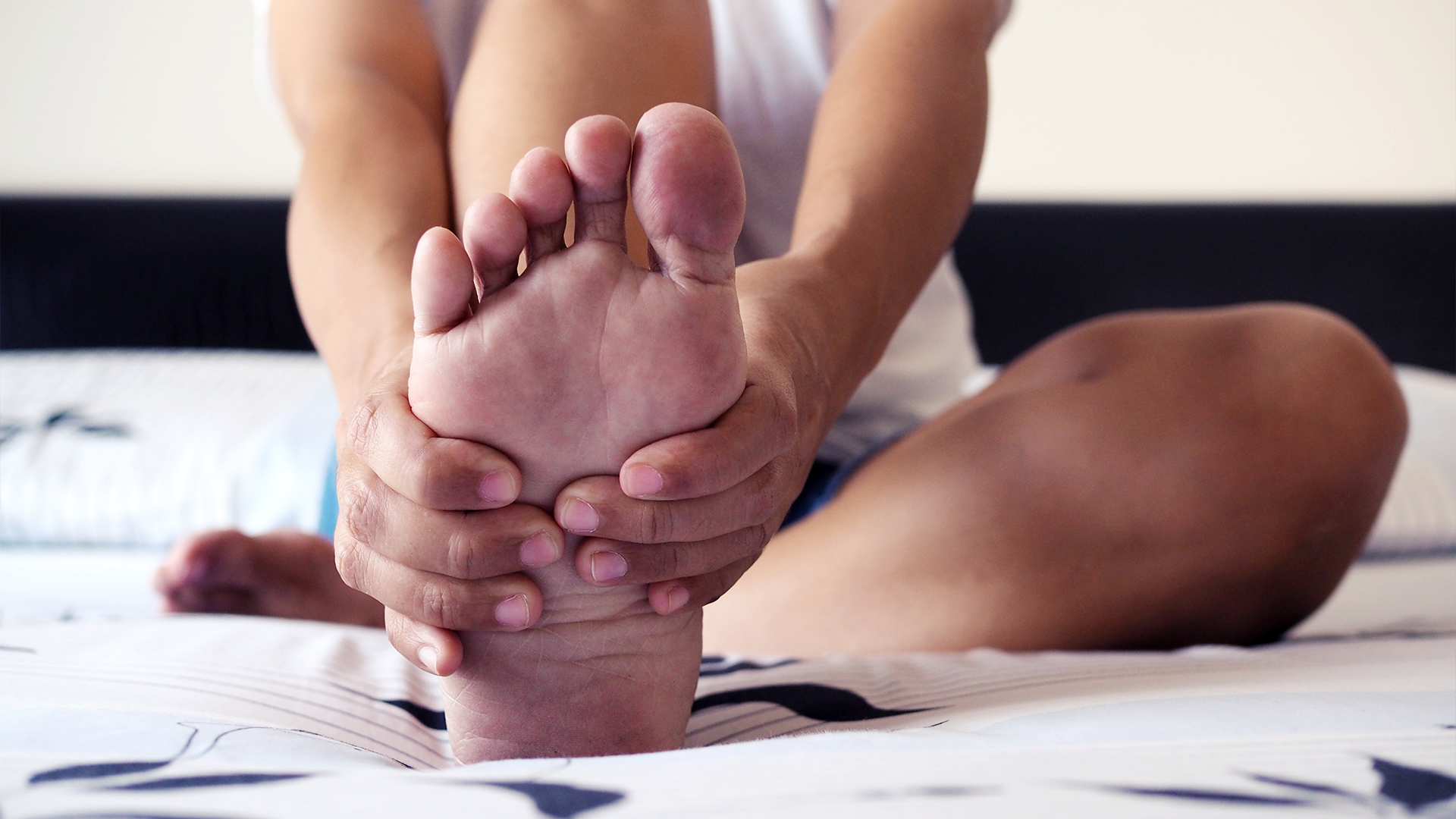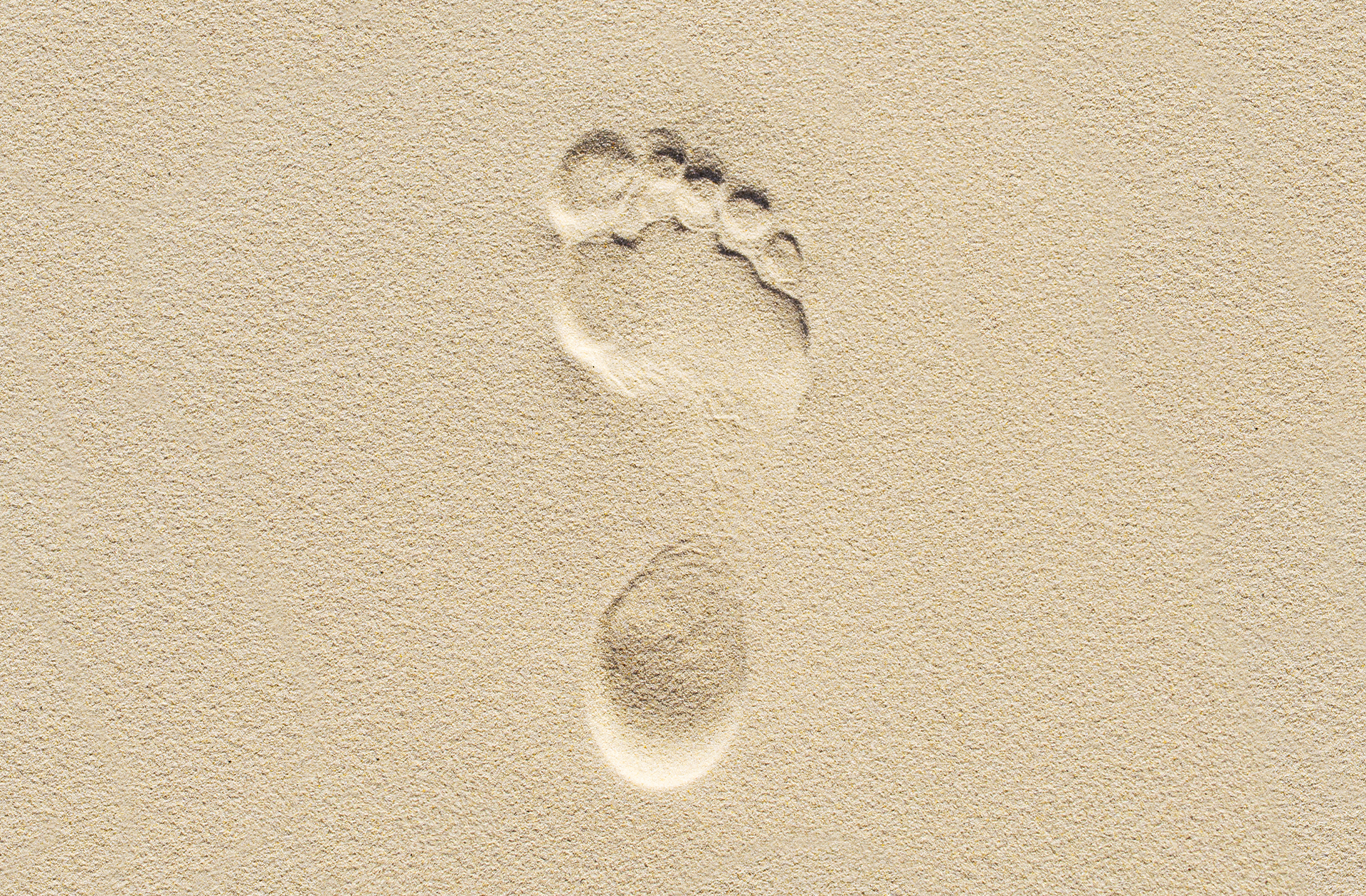
Overview
Plantar fasciitis is a condition that will affect 1 in 10 of us at some point during our lifetime. This is the most common cause of heel pain and a condition we treat on a daily basis. The plantar fascia is a band of fibrous tissue that connects the heel to the toes and offers support to the foot. The fascia also assists with the toe off/propulsive phase of gait. It is possible to get pain anywhere along the fascia however the most common area of pain is on the inner aspect of the heel area. The heel is usually most uncomfortable after periods of rest and first thing in the morning.
There are multiple factors that can lead to the onset of plantar fasciitis with the most common causes being linked to a sudden increase in activity i.e. walking or running, unsupportive footwear, an increase in body weight and occupations that involve standing or walking.
Symptoms of Plantar Fasciitis
The most common symptom with plantar fasciitis is pain first thing in the morning. The first few steps as you get out of bed can be very painful and then after a few minutes of walking it tends to settle. It’s not just getting out of bed that is painful though as many people with plantar fasciitis experience discomfort after any period of rest. Pain will often present around the inner aspect of the heel but can effect anywhere from the heel, through the arch to behind the joints in the forefoot.
Causes of Plantar Fasciitis
With any soft tissue injury there are usually a combination of things that essentially lead to cause of an injury. Common contributors that increase the risk of plantar fasciitis include:
- Increased activity – a sudden increase in activity e.g. running/walking can lead to increased loads on the fascia
- Footwear – a change of footwear from supportive footwear to less supportive footwear
- Occupation – Jobs where you are standing or walking for long periods of time
- Age – This condition can affect any age but is most commonly seen between the ages of 40 and 60
- Obesity – increased weight will lead to increased load on the plantar fascia
- Foot function – Certain movements that occur through the foot can increase load on the fascia
Treatment Options
Gait analysis, orthotic therapy - modular/bespoke, strength and rehab

Biomechanical Assessment
As podiatrists we specialise in lower limb pain and injury. We use biomechanical analysis as a way of understanding the anatomy of the foot and the complex mechanisms involved during movement. This will allow us to identify and diagnose many conditions in the foot and lower limb.
